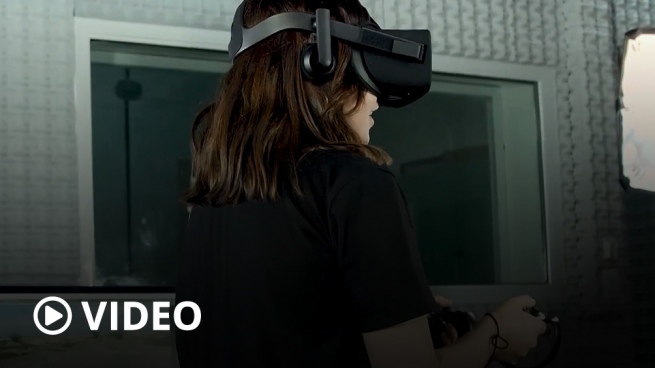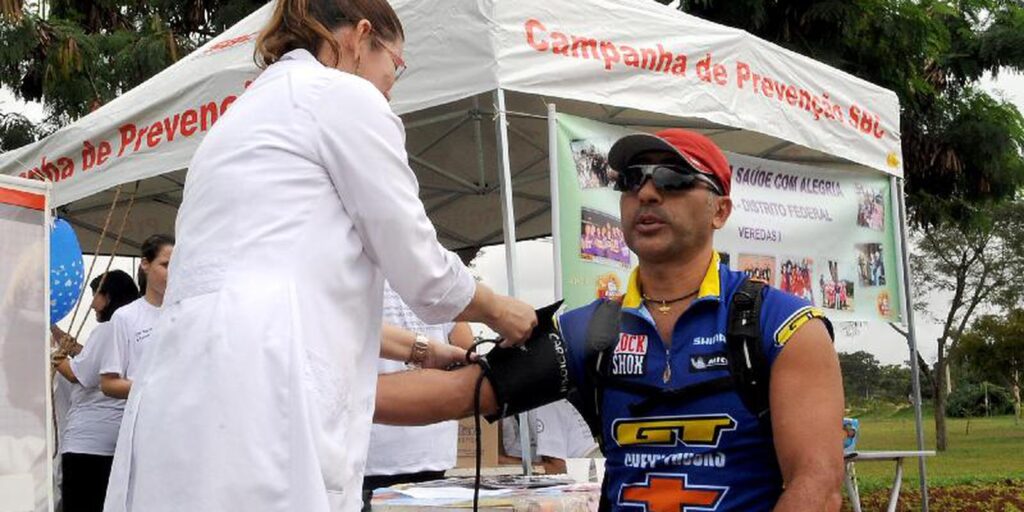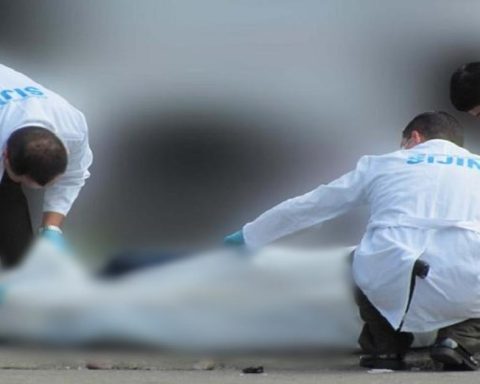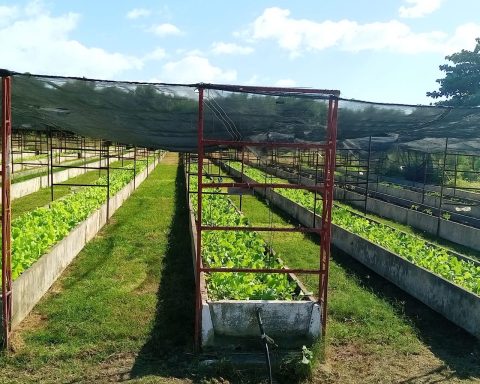Researchers and designers from the National University of San Luis use virtual and augmented reality techniques to visit archaeological sites.
WATCH VIDEO
Caves with cave paintings and other archaeological sites are often in areas that are difficult to access, and their visit also carries a risk of deterioration. This is why researchers from the Saint Louis National University Together with video game designers and developers, they apply technologies such as virtual and augmented reality to recreate these spaces and set up an interactive exhibition in museums in San Luis, Mendoza and La Rioja.
It all started in 2018 when the archaeologist and researcher of the Conicet Guillermo Heider worked with a team specialized in cave art, in a documentary for UNSL TVthe television channel of the National University of San Luis.
So, next to Silvina Chaves, specialist in science communication and Leandro Sánchez, multimedia designerbegan to explore virtual reality and animation techniques and discovered the possibilities of these interactive technologies to communicate and make archeology more fun.
In 2021, the Rock Art and Virtual Reality project was selected by the Ministry of Science, Technology and Innovation to receive funding of nearly one million pesos. In this way, they were able to incorporate virtual reality headsets, computers and software, and add more video game developers and designers to the team.
The objective is to carry out interactive exhibitions of cave sites in the Contact museums, in the city of San Luis; and the Vallecito Archaeological site in La Rioja; the Salvador Canals Frau museum in Mendoza. The facilities would be available for your visit at the end of this year or the beginning of next.
Technology at the service of archeology
The work includes several months of computer design, script writing, consultations with national and foreign specialists, user tests, and consultations with local communities, especially the original ones. “They are the ones who decide what to tell or show and how to do it,” Heider tells Télam-Confiar.
The site survey phase included the use of drones to obtain high-quality images that are later reconstructed using 3D design programs.
“Today the trend in the study and communication of archeology is for it to be increasingly interactive, given the digital culture of the youngest, and also because it makes knowledge of archaeological sites accessible to people of all ages and with different abilities. ”, comments the archaeologist and researcher. There is also the possibility of developing interfaces for people with hearing loss or the blind.

to the rescue of the past
One of the archaeological sites surveyed for the project is Cerro Tunduqueral, seven kilometers from the Mendoza town of Uspallata. This formation integrates the Andean Road System, declared a World Heritage Site in 2013. There are more than 400 petroglyphs (figures engraved on the rocks), which recreate situations of pre-Columbian daily life and show the Inca presence in Mendoza. The interactive recreation of this site will be exhibited at the Canals Frau museum, located on the campus of the National University of Cuyo.
Another site of interest is Puerta del Sol, 160 kilometers from the city of San Luis, an archaeological site at 1,300 meters above sea level. Remains of human settlements, utensils and cave paintings were found there.
Unfortunately, many of them were lost due to water leaks in the rocks and cracks caused by seismic movements. That is why today attempts are being made to recreate them using virtual and augmented reality technologies. This reproduction can be visited in the Interactive Museum Contact, of the National University of San Luis.
Finally, the El Vallecito archaeological park, in the plains of La Rioja, will have a virtual recreation of its cave paintings and engravings. This archaeological site was recently identified and work is being done to preserve its heritage from the advance of the agricultural frontier and urbanization.

What is virtual reality
They are computer techniques that allow the creation of simulated images and spaces in which a person, through a visual device, has the sensation of being and being able to function within them.
What is augmented reality:
They are technologies that allow adding layers of information to objects
Through augmented reality, the virtual world is intermingled with the real world, in a contextualized way


















